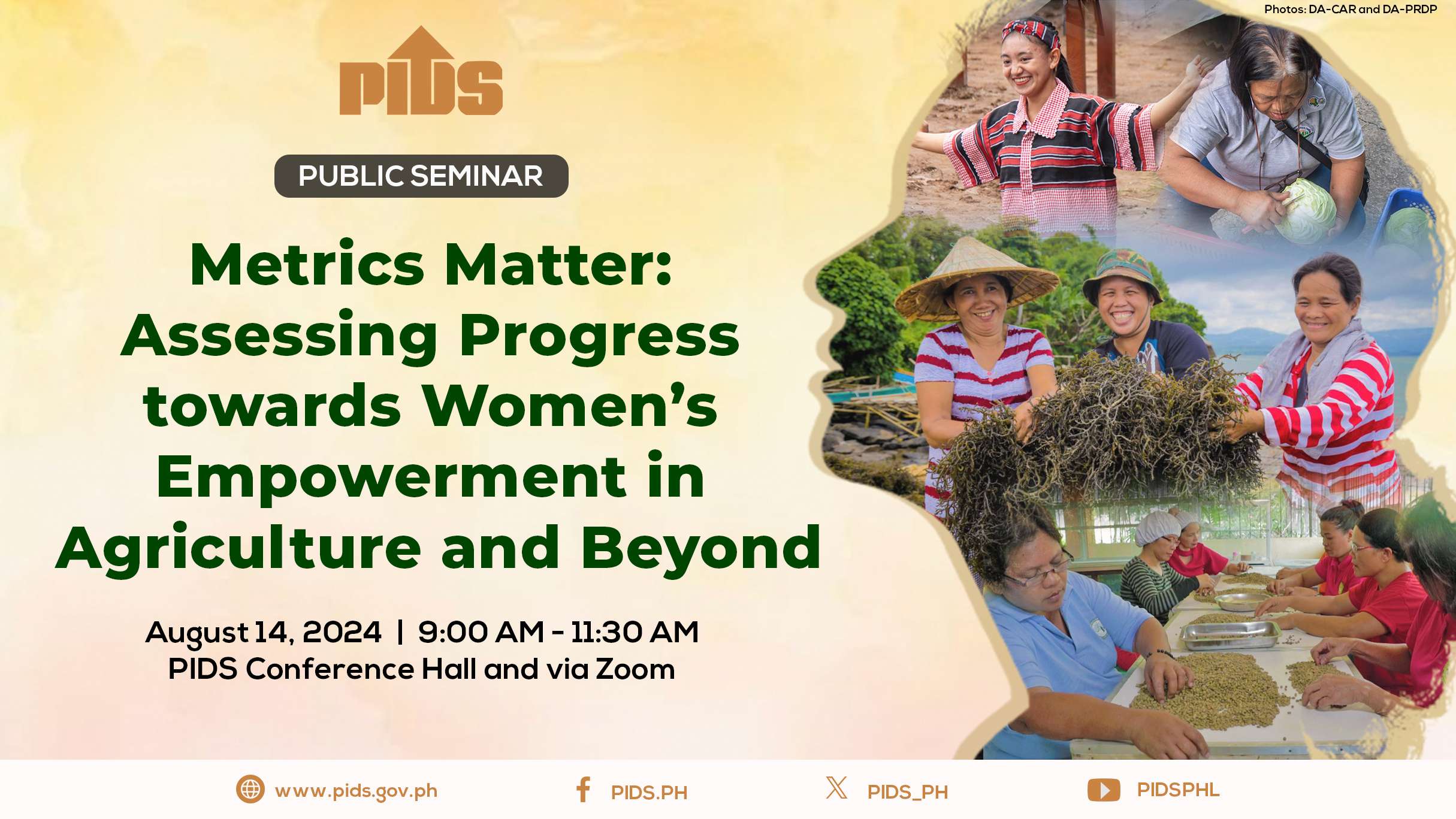GrowHer, a gateway to free resources and partnership opportunities, launched in the Philippines this March to narrow the gender gap for women in agriculture.
“We hope to provide women agripreneurs the platform to upskill through useful tools, read stories of other inspiring women in agriculture, and collaborate and attend events across the value chain, [thereby] creating sustainable food systems for generations to come,” said Cherrie D. Atilano, president and chief executive officer of Agrea, a Filipino agri-business that is a founding partner of GrowHer.
Roughly half of the world’s smallholder farmers are women, and yet—despite finding increasing representation in agriculture—women still face barriers in access to tools, education, and markets. Agriculture faces tough challenges ahead, and efforts by various stakeholders are continuously being done to help address issues on crop resilience, climate change, access to capital, and limited resources.
WOMEN INNOVATORS
Around the world, there are women innovators working in fields that have the potential to impact women farmers and farming communities in general.
India, for example, has Dr. Pooja Devi and Dr. Sangeeta Chopra. Dr. Devi, who works with international agribusiness company Syngenta, breeds corn hybrids that can tolerate drought stress.
“We have some high-stress markets in the tropical segment. Farmers have to depend on monsoons or rainfall to irrigate their crops for most stages of the crop cycle,” she told BusinessWorld in an e-mail interview.
Her work also encompasses breeding corn hybrids that produce high yields with moderate-to-high disease tolerance. “Changing weather conditions have led to an increase in diseases and a decrease in grain yields,” she explained.
Meanwhile, Dr. Chopra, principal scientist of the Indian Agricultural Research Institute (IARI)’s Division of Agricultural Engineering, devised the Pusa Farm SunFridge, battery-less cold storage that runs on solar power and preserves produce for 1/10th of the usual cost. Because the shelf life of perishable produce is increased four times, farmers can store their surplus produce to sell the next day.
The product, which stores up to 2,000 kilograms of farm produce, was developed together with other scientists from the Indian Council of Agricultural Research-IARI and Dr. Randolph Beaudry and Dr. Norbert Mueller of Michigan State University
Commitments in other parts of the world are likewise opening up opportunities for women in the agrifood sector.
In Canada, Farm Credit Canada announced its Women Entrepreneur Program in 2019, which dedicates $500 million over the next three years to support women entrepreneurs starting or growing their agriculture business.
In Spain, the Spanish Association Against Depopulation launched Escuela de Pastoras (School for Shepherdesses), which is designed to bring farming and livestock training to women in rural and remote communities. Courses focus on work-life balance, managing time with children, and creating support networks.
In Tanzania, charitable organization Farm Africa embarked on a new project in partnership with United Nations Women that focuses on giving women in the country’s sunflower sector the support they need to apply good agricultural practices and increase their yields.
CROP GAP
Women-run farms produce 20 to 30%less than men-run farms. Gender-specific obstacles are the reasons for this “crop gap,” said a 2017 Food and Agriculture Organization report, as women farmers are typically subject to limited bargaining power and discrimination. Long-standing patriarchal norms also create disadvantages in terms of land rights, productive resources, unpaid work, insecure employment, and decision-making.
Investing in rural infrastructure that lessens time spent on the care economy is a means to protect the interests of these smallholder farmers, according to a 2018 report by the Philippine Institute for Development Studies (PIDS). Examples of such investments include providing childcare services and improving access to water.
Promoting climate-smart agriculture will likewise buffet these smallholder farmers against changing weather conditions and climate change. Climate-smart agriculture measures have to integrate gender perspectives in the design of climate change adaptation and mitigation, PIDS said, as shocks affect men and women differently. Policies should also consider factors like social norms that discourage women’s use of certain machinery.
Helping women smallholder farmers through crop resilience, better access











